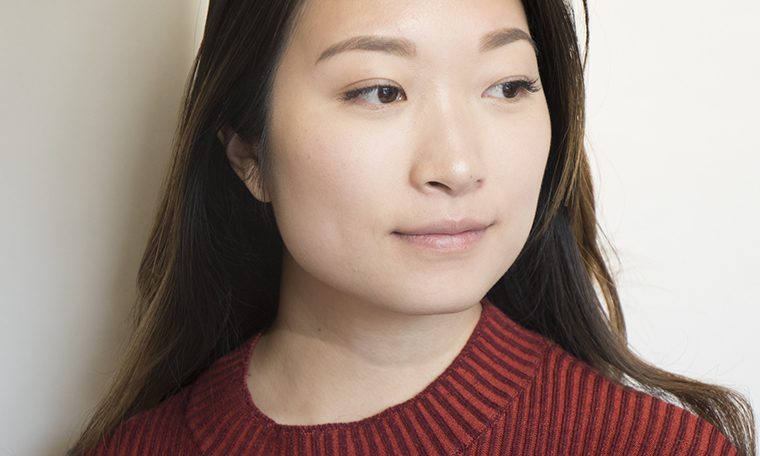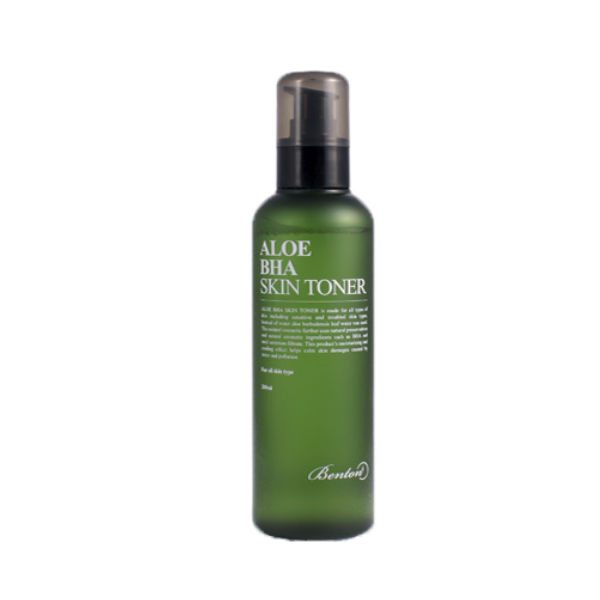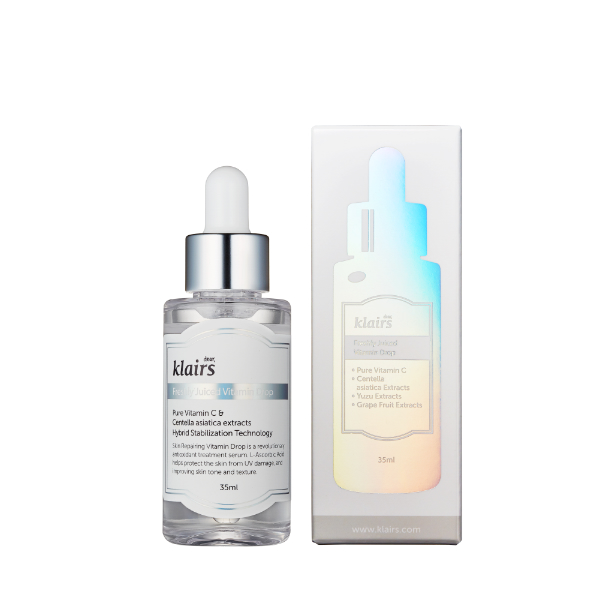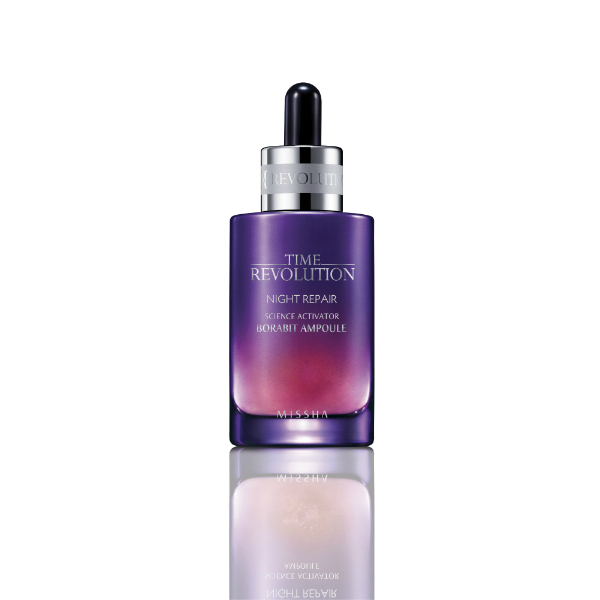Wondering what’s the best acid to use for your age? You need to use different ingredients to target various issues from your twenties to your fifties.
Acids are, perhaps, one of the scariest corners within the realm of skin care. After all, we’ve been taught, from a very early age, about the potency of acids, and as such we have a tendency to shy away from them. When it comes to healthy, beautiful skin, though, acids can be downright magical! They refine the skin, creating a more even skin tone, a brighter appearance, and that “lit from within” effect we all strive for.
Here are the acids you should be using for your age.
Your teens and 20s
Two of the primary skin care concerns for those their teens and 20s are excess oil and acne.
“For [this group], I generally recommend both alpha and beta-hydroxy acids (AHAs and BHAs),” says Sejal Shah, a board-certified dermatologist. “If acne is a concern, salicylic acid (a BHA), is a good choice because it exfoliates within the pore as well as at the surface of the skin so unclogs blocked pores and prevents them from getting clogged.”’ A great option for a mild salicylic acid-infused product is the Benton Aloe BHA Skin Toner, which contains 0.5% salicylic acid and aloe to calm skin at the same time.
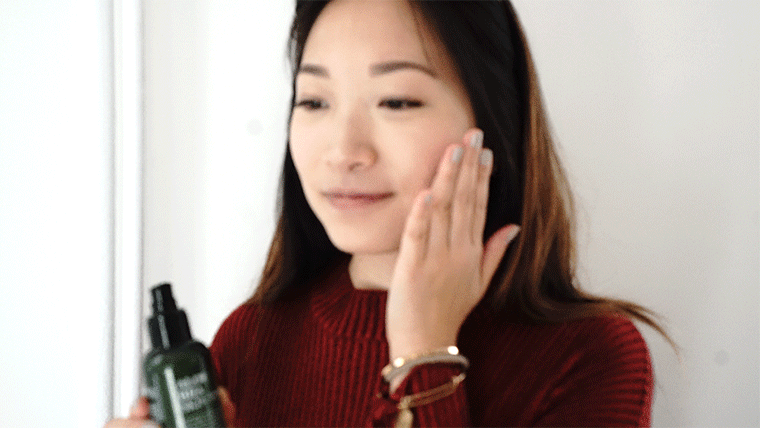
Shah explains that because salicylic acid exfoliates the surface of the skin, it will result in a smoother complexion over time. There are varying concentrations of salicylic acid, ranging from very mild (ideal for less oily skin) to very potent (typically a spot treatment). Also, it’s important to note that salicylic products targeted to teens tend to, on average, have higher concentrations of salicylic acid in them. This serves their needs well, but they really shouldn’t be used by those approaching/over 30.
Your 30s
“As people enter their 30s, they start thinking about incorporating ingredients with anti-aging benefits, so this is a great time to start L-Ascorbic Acid—AKA vitamin C,” says Shah. “Vitamin C is an antioxidant powerhouse and has a number of skin benefits. It helps stimulate collagen synthesis, brighten the skin, and prevent damage caused free radicals in the environment that contribute to aging.”
The Cosrx Triple C Lightning Liquid packs a 20% concentration of vitamin C. For something lighter, try the Klairs Freshly Juiced Vitamin C Serum.
In this age group, salicylic acid used as spot treatments or as masks/cleansers on an as-needed basis can also be beneficial. However, you may find that AHAs, including lactic, malic, and glycolic acids, are a better bet for consistent, everyday incorporation.
“Alpha-hydroxy acids gently exfoliate the skin and stimulate cell turnover so they have anti-aging benefits, but unlike salicylic acid they don’t go deep into the pore so while they may help with acne they aren’t as effective as salicylic acid,” says Shah. “I find they are better for people who want to improve dullness, smooth texture and even skin tone. In addition, there are different types of alpha-hydroxy acids that range in strength, so if your skin is more or less sensitive you can usually find one that works for you.”
Your 40s
Speaking of AHAs, one of the best AHAs to use in your 30s and all the way through to your 50s, is glycolic acid. This can be found over-the-counter as a mild peel, or you can have a stronger peel done at a spa or office.
“Glycolic peels, otherwise known as alpha-hydroxy acid peels, tend to penetrate the deeper levels of skin and are generally used for fine lines and wrinkles, mild sun damage, more severe or resistant types of melasma, and post-inflammatory hyper pigmentation,” says Christopher Byrne, a certified physician assistant at Advanced Dermatology. “These types of peels would generally be used for patients anywhere from their 30s into their 50s depending on skin type, ethnic background, and severity of condition. Again, multiple treatments are needed to see best results and lifetime of sun protection and good skin care is required to maintain results.”
Another excellent acid to incorporate in your 40s is retinoic acid (retinoid), which is a vitamin A derivative. One of our favorite products that incorporated retinol is the Missha Time Revolution Night Repair New Science Activator Ampoule.
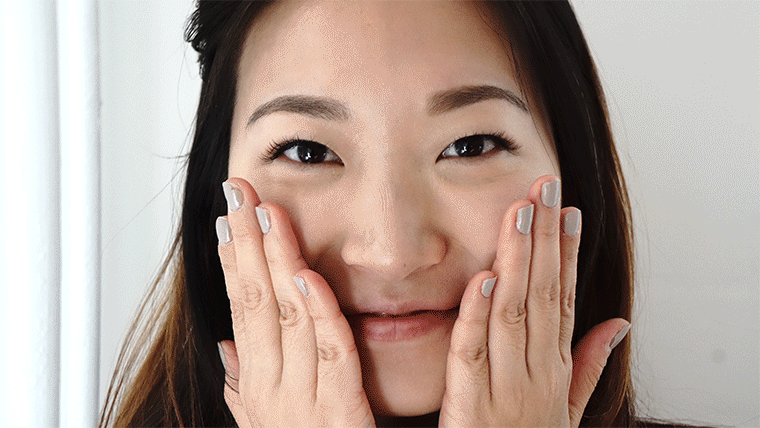
“As people enter their 40s, they usually want to tighten up their anti-aging regimen if they haven’t already,” says Shah. “Retinoic acid is a one of the most effective topical anti-aging ingredients. This ingredient increases cell turnover stimulating collagen and elastin synthesis and lightens dark spots, so it improves fine lines, wrinkles, texture and dark spots while preventing signs of aging.”
Your 50s and Beyond
“As the skin matures, it tends to lose hydration and feel dry, so hyaluronic acid can be helpful because it is a humectant,” says Shah. “It brings moisture to the skin [and] it can also temporarily plump the skin, reducing the appearance of fine lines and wrinkles.”
We recommend using it in conjunction with the AHAs mentioned above (lactic, malic, and glycolic).
Finally, Byrne adds that TCA—or trichloroacetic acid peels—are generally the “last level” of peels, and therefore the most potent.
“These penetrate into the much deeper layers of skin and generally require more downtime than previously mentioned peels,” he says. “Because of TCA peels’ severity, they are reserved for those in their later decades—50s, 60s, and 70s. TCA peels are excellent for those patients with extensive sun damage, deep or ‘ice pick’ acne scars, or deep facial wrinkles. Again, multiple treatments are usually needed and laser resurfacing as an alternative treatment option should be considered.”
Bottom line:
Note that these aren’t hard and fast rules, but are intended as general guidelines to help you create a regimen that serves you best.
“If you are in your 40s and battling dryness, add hyaluronic acid. And if anti-aging is concern in your 20s and 30s, it’s OK to start a retinoid,” says Shah. “The acids are also not mutually exclusive, so you can use different combinations—for example vitamin C in the morning and a retinoid at night.”


